City’s Sightseeing Rides Hold Deep Lineage from “Rubberneck Wagons” to New York Sports Tours
In Manhattan 116 years ago this week, Longacre Square was formally renamed Times Square in honor of the New York Times having taken up residence between 42nd and 43rd Street alongside Broadway.
The anniversary and Times Square’s development into a famed tourist hub brings to mind the history of New York City sightseeing bus tours and some of the sports that have played a role in the development of the industry.

On July 2, 1904, within three months of the Times Square christening, a New York Times article titled “Don’t Want Circus in ‘Rubberneck Row,’” was published about ongoing sightseeing bus tours and an entertainment venue being built two blocks east of the Times building.
When completed in 1905 on Sixth Avenue between 43rd and 44th Streets, the Hippodrome was billed as the largest all-purpose theater in the world. Filmed that same year, the below footage opens with a view of the Hippodrome and pans to the Times Square area.
Sports would take hold at the Hippodrome. A water ballet show there in 1917 is credited with launching the sport of synchronized swimming. Many other sports, from amateur badminton to professional basketball, are part of a rich Hippodrome athletic history.
The Hippodrome’s north side was on West 44th Street between Fifth and Sixth Avenues. The 1904 Times story raised the possibility that the theater would disrupt the private clubs that had made the one-block stretch a popular part of sightseeing tours. The article shared first-hand accounts of some tours on the block.
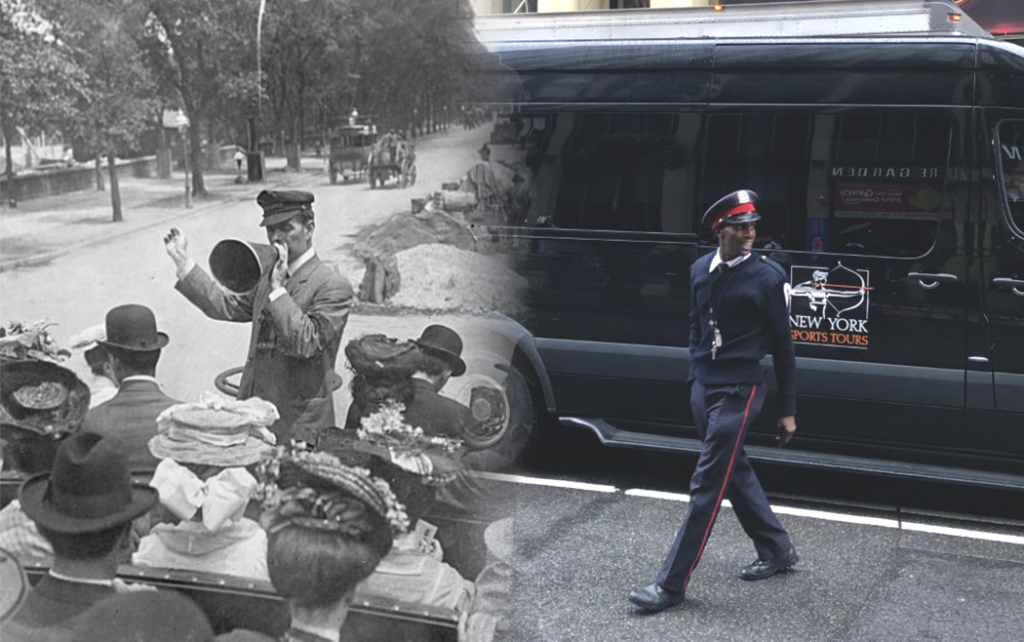
“The observation coaches turn from Fifth Avenue toward Sixth Avenue into Forty-Fourth Street,” the Times reported. “‘And now,’ says the festive guide, through his megaphone, ‘we are entering Rubberneck Row.’ For the next four minutes the sightseers sway their heads from side to side.”
Starting in the 19th century, sightseeing bus tours were regularly called “rubberneck wagons,” a reference to passengers craning their necks to see the sites. The term was still active in 1925, when the below clip was shot of guests aboard a sightseeing tour with a Times Square starting point.
For many guests into the 20th century, the highlight of New York City bus tours was Rubberneck Row. Indeed, before the Hippodrome was opened, legendary actress Ethel Barrymore spoke of a conversation she had with a woman in London who had returned from New York. Barrymore said that after she asked the traveler if she had seen the Brooklyn Bridge, the woman responded, “No, but I saw Rubberneck Row.”
In 1904, Rubberneck Row featured such famed buildings as the Harvard Club and the New York Yacht Club . Those and some other buildings then on the stretch still stand. Some are visible to the left of the Hippodrome in the 1905 video. Today, they are on the route of New York Sports Tours ’ three-hour sports history minibus tour experience, which starts on East 44th Street, within two blocks of Rubberneck Row.
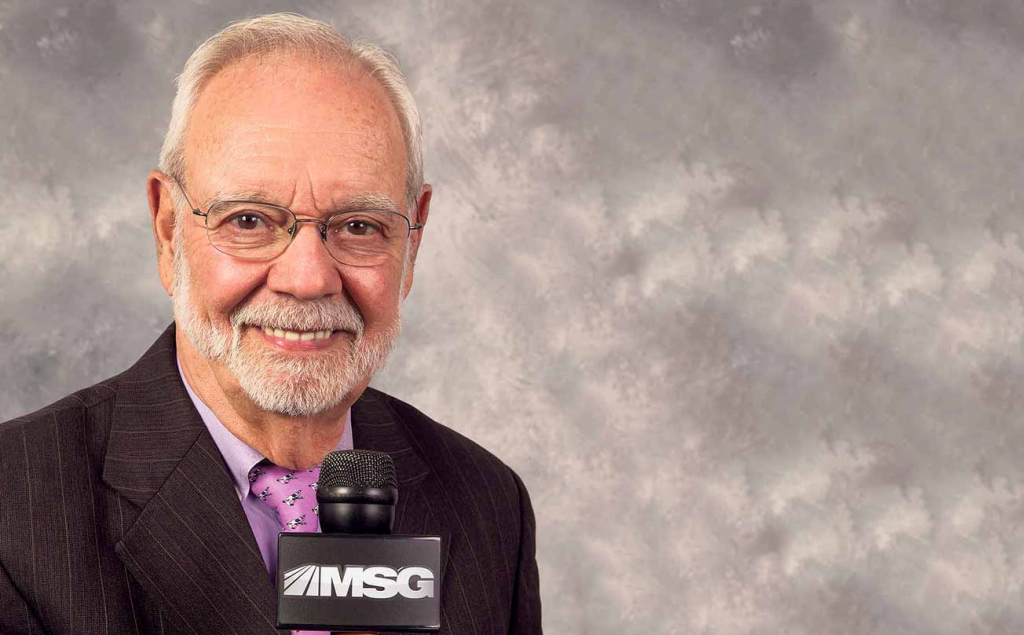
The tour experience features more than 75 places from sports history and shows how they have helped shape culture and society in the city, the nation and the world. Among the brief documentaries shown exclusively to tour guests are one each on the Hippodrome and New York Yacht Club.
Vanity Fair once proclaimed of Rubberneck Row, “You could spend your life trying to find out what happened and what is happening along this 250-yard stretch of pavement and not begin to scratch the surface.”
Some of that rich history is related to sports. In the yacht racing world, no building is more prominent than the six-story Beaux-Arts New York Yacht Club clubhouse that opened in 1901. The club moved there from next door to the second Madison Square Garden 20 blocks away.
The New York Yacht Club and sailing’s most prestigious trophy are featured in the above clip from a documentary that was shown at the 1974 National Boat Show in Manhattan. The prize is America’s Cup, which stays with the defending America’s Cup race victor.
The oldest international sports trophy still in competition, the silver cup has spent more time in the New York Yacht Club building than any other place. The trophy was held by the club for 132 consecutive years, starting with the first race, marking the longest winning streak in sports.
The Berkeley Athletic Club building was the first private clubhouse built on the future Rubberneck Row. Opened in 1887 — four years before basketball was invented — it housed a gymnasium, tennis court, running track, bowling alleys, and room for baseball practice. Three years later, a major push for female sports engagement was made when the sister Berkeley Ladies Athletic Club moved in on the block as the nation’s first sports club exclusively for women.
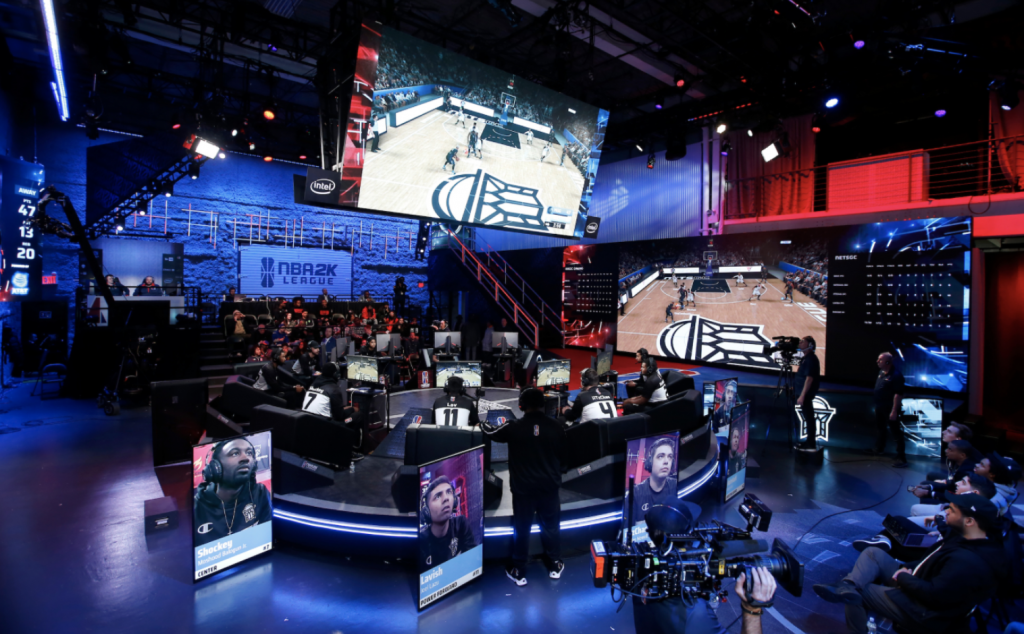
The clubhouse rollout was not without detractors. Outing magazine reported, “One young woman has been heard from whose refusal to join the Berkeley Ladies Athletic Club was based upon the ground that such muscular development would inevitably ruin the shape of her arms, which in society had been greatly admired for their comely grace.”
But believers weighed in. In 1890, for a story in the New York weekly The Epoch , club director Dr. Mary Taylor Bissell said, “The old-fashioned idea that a girl to be lady-like must not run or walk rapidly, or play with spirit, is fast disappearing. The girls of the Berkeley Athletic Association have a cricket eleven and many of them play the game in a way that would put their brothers to shame.”
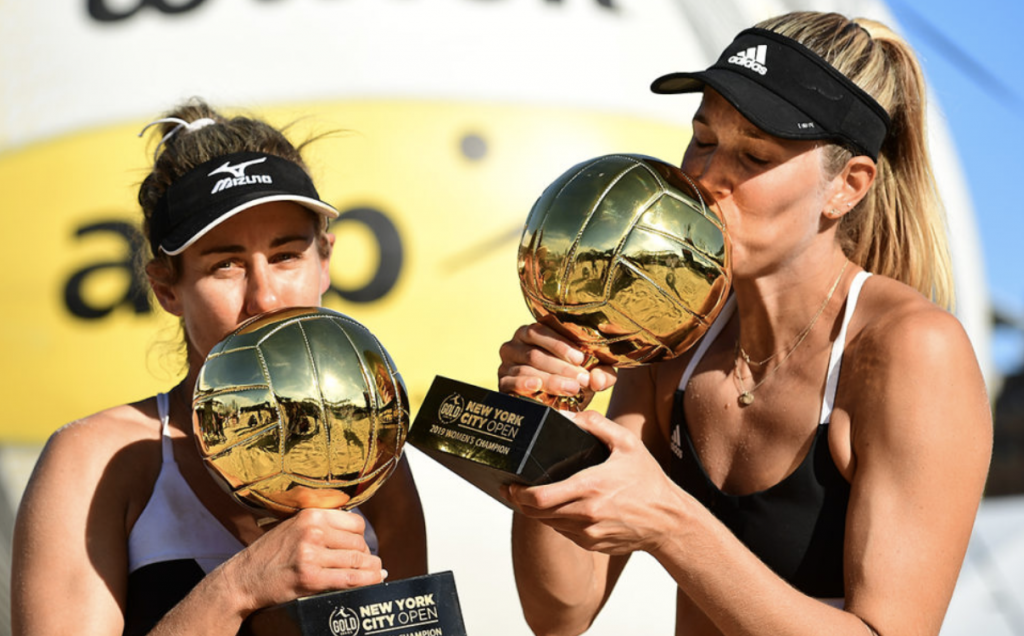
In 1894, the Fortnightly Review , one of the most influential magazines in England in the 19th century, wrote of the Berkeley Ladies Athletic Club fencers, “The ladies have in many instances attained the highest degree of skill in the art, and are quite capable of holding their own against any man, however expert, without any favor being shown to them as women.” The same year, the New York Yacht Club admitted its first female member.
On some tours, New York Sports Tours uses an original invitation from the opening of the Berkeley Ladies Athletic Club clubhouse and some rare images to tell a story about the impact of the the club. The tour outings are conducted in a luxury vehicle with a large screen — for guests to see videos and images throughout the tour — and room for guests to hold historical items that are part of the tour narrative.
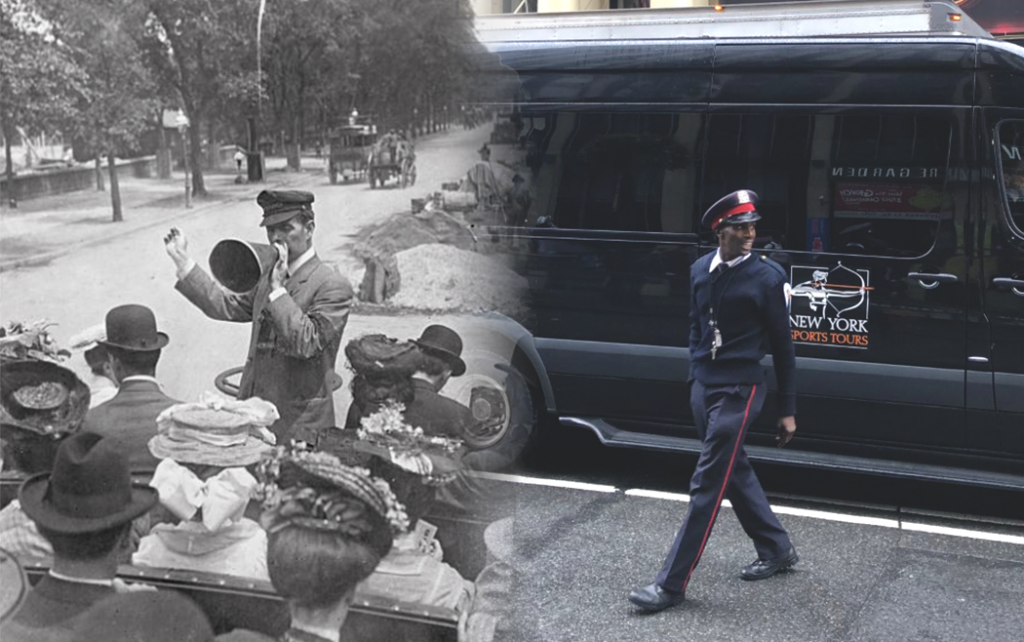
New York City bus tours have their roots in sports tourism, the practice of traveling long distances to attend or participate in sports activities. Sports tourism took hold in the United States in 1823 in what is now the New York City borough of Queens.
Horse racing had been banned in New York state between 1802 and 1820. In those years, the South built up racing with the best facilities and horses, with the boast that it was more powerful than the North. On May 27, 1823, at Union Course in Queens, the nation’s first dirt horse racing track, the South and North had a major showdown.
Of the estimated 60,000 spectators who showed up, about a third were from the South, including future United States president Andrew Jackson. The patrons came on a variety of vehicles, many horse-drawn. The event attracted the largest assembly to date of Americans, in and out of sports.

As sportswriter John Eisenberg writes in his 2006 book The Great Match Race , the turnout “improbably attracted a mob that dwarfed all earlier crowds… In 1823 the idea of sixty thousand people coming together to watch a sports event was only slightly more fathomable than the idea of a man flying to the moon and walking across a crater.”
American Eclipse, representing the North and with jockey Samuel Purdy aboard, won the best-of-three competition against the South’s Sir Henry. The victory embarrassed the South and stoked tensions between North and South 38 years before the start of the Civil War.
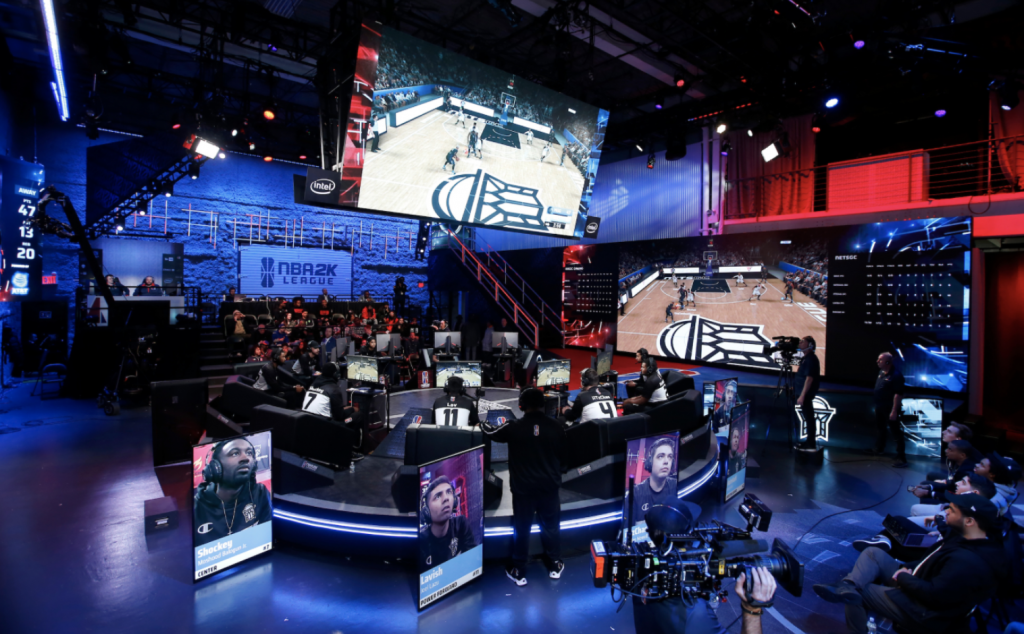
Spectators continued to flock to match races in the New York area, making horse racing the nation’s first mass spectator sport.
One of the trailblazing match races is known to many New York Sports Tours guests. Outside the location of the original Toots Shor, a famed gathering spot for leading athletes and sports media representatives between 1940 and 1959, some passengers examine an original 1949 Toots Shor menu. Covering the back of the menu is a brief recap of a 1845 North-South match race at Union Course, with an image of spectators circling both sides of the track. An estimated 100,000 showed up for the event.
In the first half of the 19th century — before the omnibus became universally known by its last syllable — horses powered the first New York sightseeing tour bus outings.

The horse-pulled omnibus started in the 1820s as the city’s first mass ground transportation. In 1932, the nation’s first streetcar line started in the city with horse-drawn vehicles. They would help sightseeing tours rise.
The inaugural streetcar route was called the Bowery because it ran on the road of that name. In 1841, a Broadway streetcar line opened. Around 14th Street, the Bowery and Broadway roads — the two main city thoroughfares at the time — each touched Union Square. That union is how the square got its name.

On the Bowery and Broadway lines in the winter that started in 1841, some private and public bus tours were conducted on horse-drawn sleighs. National Intelligencer correspondent Nathaniel Parker Willis reported of some with a dozen or so seats.
“A fashionable omnibus ‘tour for pleasure’ is to take the Bowery line up, cross over afoot, and take the Broadway line down — four or five miles for a shilling,” Willis noted. “The only difference between this and the private ride, of course, is the mulled wine and the permission to set with your arm round your neighbor’s waist.”
Perhaps the passengers aboard the private and public tours that winter were attuned to some places on the tour route where boxing was in the news. In December 1941, boxer Yankee Sullivan was a headliner at the most prominent establishment on the Bowery, the Bowery Theater, in a self-defense exhibition with an English prizefighter.

In 1840, before the creation in Manhattan of baseball as we know it, boxing experienced a sudden upsurge in popularity, thanks in no small part to Sullivan. That summer, the Irish boxer had moved to New York after success in the ring in England, where boxing had already taken firm hold as a spectator sport.
Sullivan opened a boxing-themed saloon named the Sawdust House at the south end of the Bowery that would serve as a center for area boxing operations. The place built off Sullivan’s status as the first professional prizefighter to be based in New York.
In February 1941, Sullivan went abroad and won the middleweight championship of England. That summer near Philadelphia against an English fighter, Sullivan was victorious in his first match in the United States. His win was a major boost for boxing, helping bring the sport a mass audience in the United States.

Named after the section of London that served as that city’s horse and carriage center, Longacre Square became New York’s similar hub by the early 1870s. As it developed, New York’s bus tour business would include some definite sports-related stops. One, Madison Square Garden, has been in operation through three addresses and four buildings over 140 years. A 1949 New York City brochure from the Gray Line tour company, titled Gray Line Sightseeing Tours of New York , trumpets the Garden as “headquarters for all national sports.”
In 1922, in the decade before the Empire State Building, Chrysler Building and Rockefeller Center were opened, Royal Blue Line treasurer W. Edward Drew wrote about the Garden in a story in American Magazine . At the time, Royal Blue Line was billed as the largest international sightseeing company.

“In the long run it is the little human things that they delight in most,” Drew concluded in his piece, titled “Human Nature—as Seen on a ‘Rubberneck Wagon.’” “The day after their tour they may not be able to recall that Brooklyn Bridge is over a mile and one-quarter long… they are chatting about Madison Square Garden… it housed the roof garden where Harry Thaw killed Stanford White.”
The murder story is part of a brief documentary played exclusively on New York Sports Tours outings, narrated by Emmy Award-winning sportscaster and New York City native Mary Carillo, that also tells about many sports developments in the second Garden. On some tours, guests depart the vehicle at Madison Square Park next to where the second Garden stood, to see some of the other historic places they had seen on the tour vehicle’s screen.
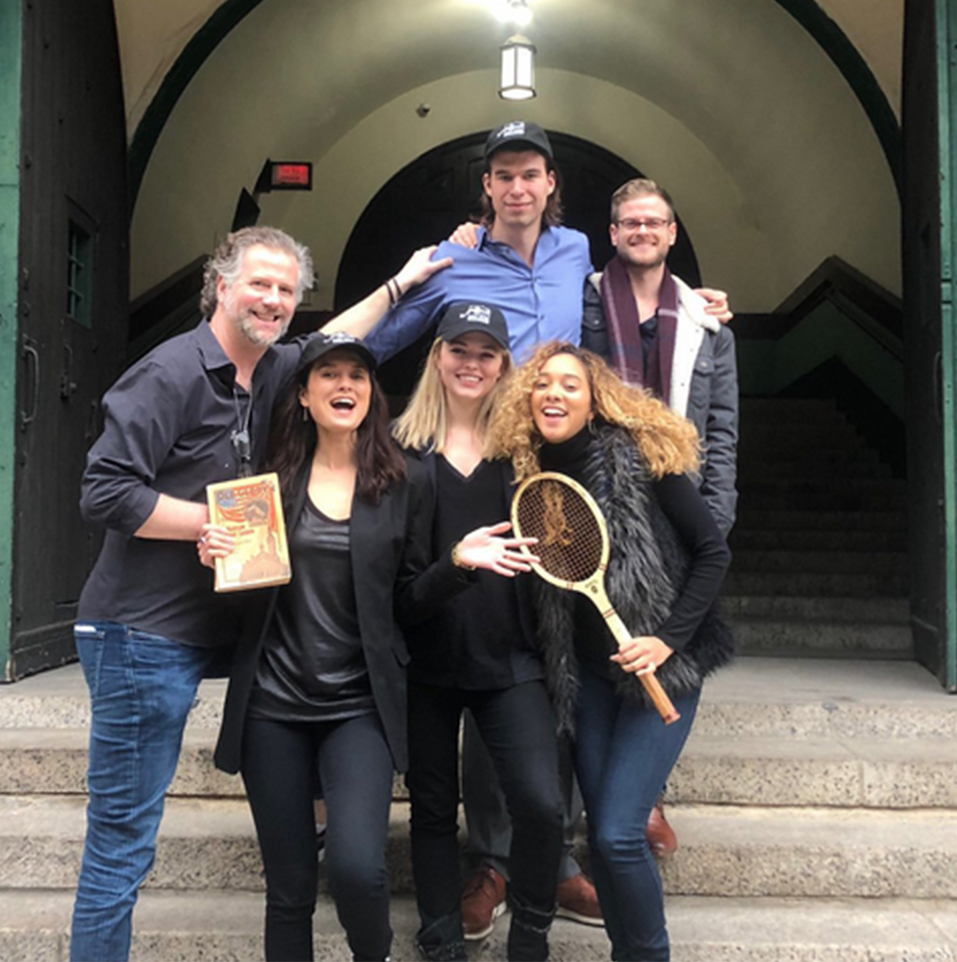
In his American Magazine story, Drew mentioned the New York’s most requested tour destinations. “To people from the rural districts, at least, the Statue of Liberty comes first,” he noted. “Just why, I don’t know.”
At one part of Madison Square Park near the Flatiron Building, New York Sports Tours guests have enjoyed a sports story about the Statue of Liberty.

After the statue was shipped to New York in parts, money was needed for construction and to build a pedestal. The statue’s raised hand and torch were on display at Madison Square Park for six years, until 1882, to promote the fundraiser.
Although many predicted the statue would not be built, proceeds from many sporting events — from boxing to yacht racing, including a celebrity baseball game at the Polo Grounds in Manhattan — helped raise the necessary funds.
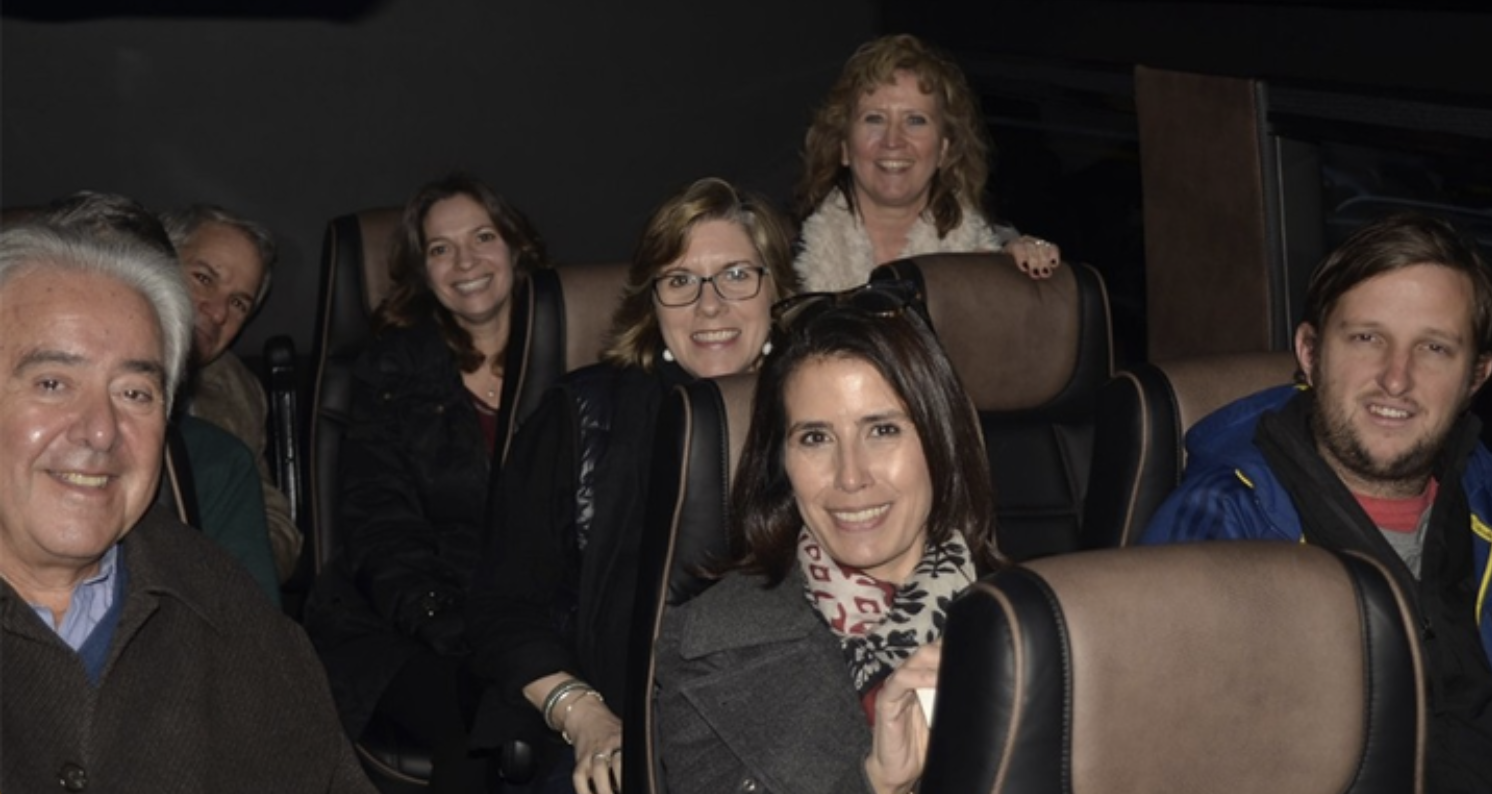
The tour features other spots that have been staples on more general Manhattan bus tours, but with original stories about how the points of interest have impacted sports history. Among those sites are the Little Church Around the Corner and the building that once housed the McAlpin Hotel.
Royal Blue Line started many of its tours at the McAlpin. At the Herald Square structure, New York Sports Tours guests see an exclusive mini-documentary about Brooklyn Dodgers figures Jackie Robison and Branch Rickey and how they changed baseball and civil rights history. A brief clip from the Carillo-narrated story is below.
The Little Church Around the Corner — or, more formally, the Church of the Transfiguration — has long been a destination for a variety of sightseeing tours. In 1929, administrators for the United States’ Junior Olympics team placed the church and Madison Square Garden on the itinerary for a special New York City sightseeing tour for the team’s athletes before their departure to the Junior Olympics abroad.
On New York Sports Tours outings, guests learn about pivotal New York City sports history tied in to the Little Church Around the Corner and at another spot on the block, including about Yankee Stadium and the now-defunct Polo Grounds.
In New York City bus tour history, the two ballparks have been highlighted in such publications as the Gray Line’s 1939 and 1956 New York City sightseeing brochures. Today, private New York Sports Tours outings are available for visits to the locations of history’s two Yankee Stadiums and even more Polo Grounds venues.

Now paused by the coronavirus pandemic, New York City tour bus operations have faced other setbacks. Challenges came even when live sports was ongoing at the Polo Grounds and other New York sports venues.
On May 20, 1942, during the United States’ engagement in World War II, the New York Yankees, Brooklyn Dodgers and New York Giants were each playing in Major League Baseball games. The latter two clubs were at home at the Polo Grounds and Ebbets Field, respectively.
The same day, the United States Office of Defense Transportation issued “an order banning all sightseeing bus services,” to save on rubber and to restrict the vehicles’ use to transportation of military members and for other wartime needs.
With its guided public tours long limited to small groups in a luxury setting, New York Sports Tours will return with the same experience. Among other benefits, the limited seating has allowed the sports tour vehicles to maneuver side streets that New York City double-decker and other big-bus tour vehicles can not, and deliver a pace and breadth that are not experienced with Manhattan walking tours or “hop-on hop-off” bus tours.
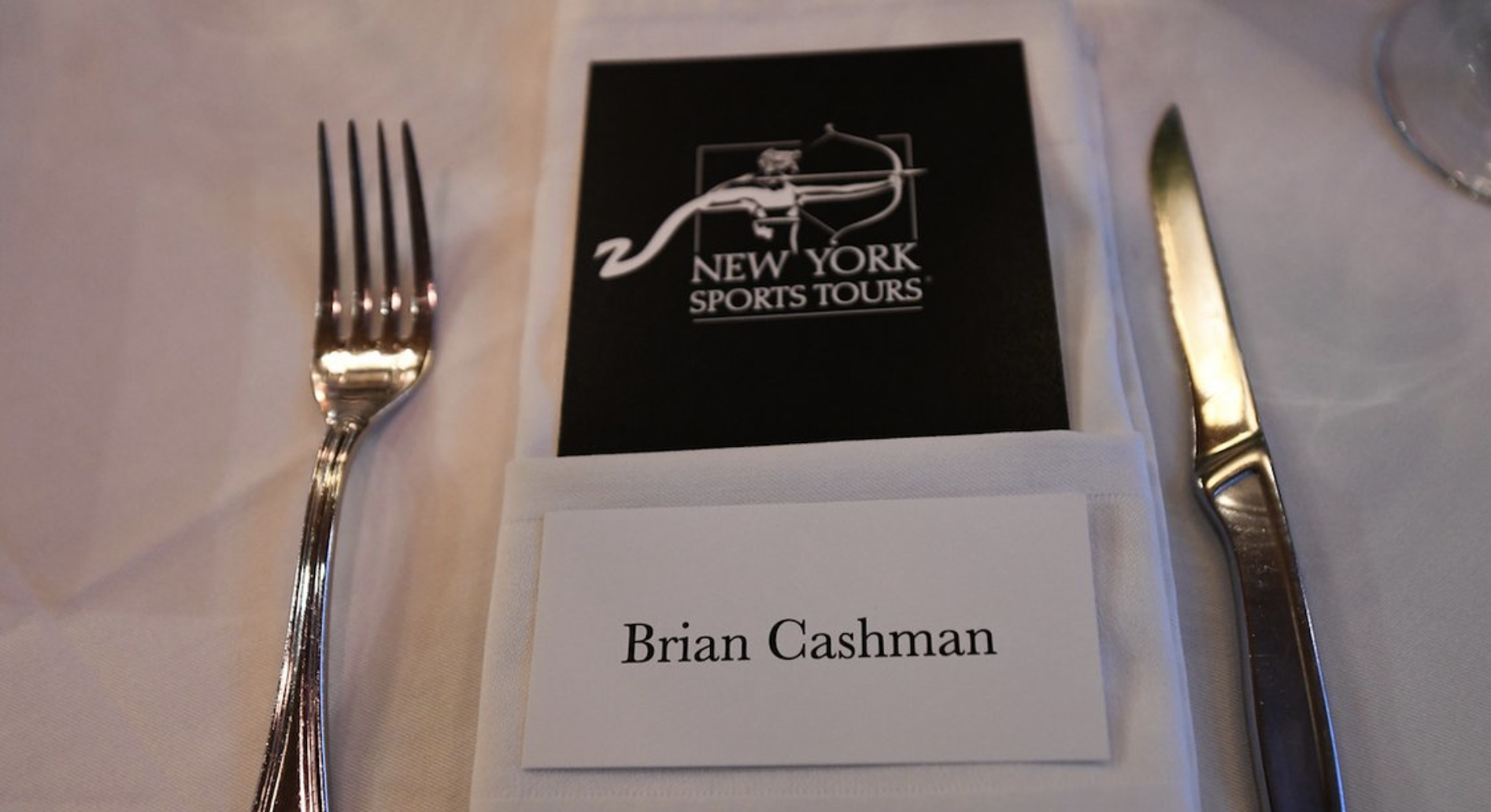
Although New York Sports is the first known year-round bus tour experience about New York sports, there have been one-offs of note.
The Gray Line had some athletes — including former New York professional team-sports greats Joe Namath ( New York Jets ), Walt Frazier ( New York Knicks ), Henrik Lundqvist ( New York Rangers ), Mariano Rivera ( Yankees ), David Wright ( New York Mets ) and David Villa (soccer’s NYC Football Club ) — participate in a “Ride of Fame” campaign from 2010 to 2015. On other occasions, Gray Line buses have been used as trailing vehicles for championship ticker-tape parades on Manhattan’s famed Canyon of Heroes route.

In 1973, to promote a heavyweight boxing match between Muhammad Ali and Ken Norton, Ali served as the host aboard a bus tour that started at Times Square, at Cinema Theater on Broadway. The tour then stopped at 11 other Greater New York theaters that would screen the fight live.
Sportswriters Ed Schuyler Jr. of the Associated Press and Gerald Eskenazi of the New York Times were among those aboard. In their tour stories, they told of many rubberneckers along the tour route.

“The first stop was in the borough of Queens,” Eskenazi wrote. “Ali stood under the marquee that announced ‘Sweet Jesus Preacher Man’ was playing. He picked up a megaphone and told the surging crowd of about 150 teen-agers, most of them black, ‘Don’t hurt me. Stay back.’ They held up scraps of paper for him to sign and some fathers lifted infants to see Ali.”
Outside a Gimbels department store in the New York City suburb of Valley Stream on Long Island, Ali stopped to spar for about 30 seconds with John Trussel, a 16-year-old from nearby East Rockaway. Trussel had been chasing the bus.
The day-long bus tour was truly sports minded.

Reported Schuyler, “As the bus approached the theater in Valley Stream, Ali saw a sign advertising the movie ‘Tom Sawyer’ in large letters and in smaller letters ‘Muhammad Ali appearing live.’
“”Who is this Tom Sawyer?’ shouted Ali. ‘Who did he ever whop?’”
As a result of the novel coronavirus, New York Sports Tours tour experiences will resume in May 2020 or later. Gift cards can now be purchased here , then used after the tours restart.